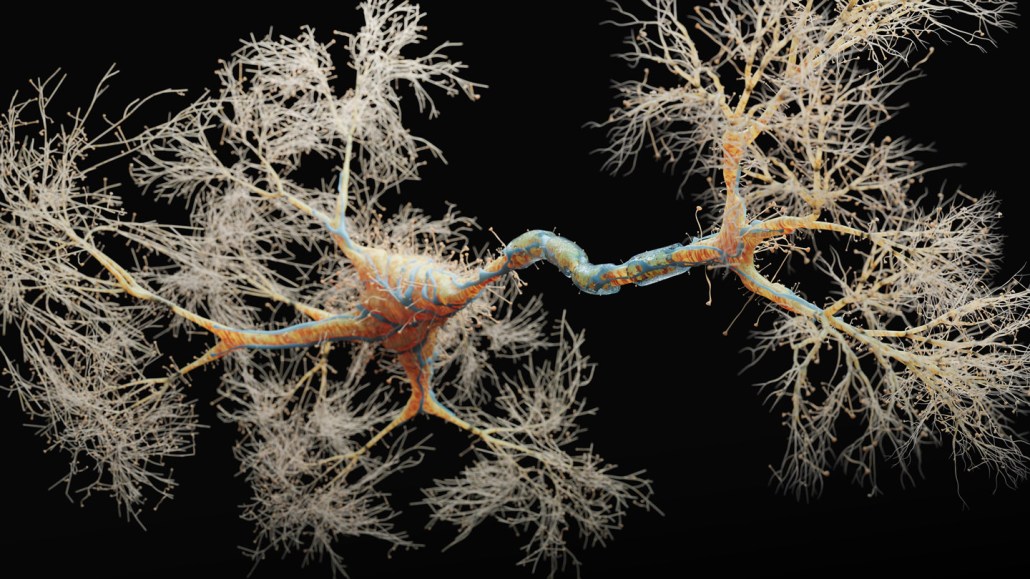Adult mouse brains are teeming with ‘silent synapses’
The finding could help explain how the brain keeps making new memories while retaining old ones

Extensions branch out of a nerve cell (illustrated) to create connections called synapses. Inactive, or silent, synapses, now found in adult mice, may be important for forming new memories, new research suggests.
koto_feja/E+/Getty Images